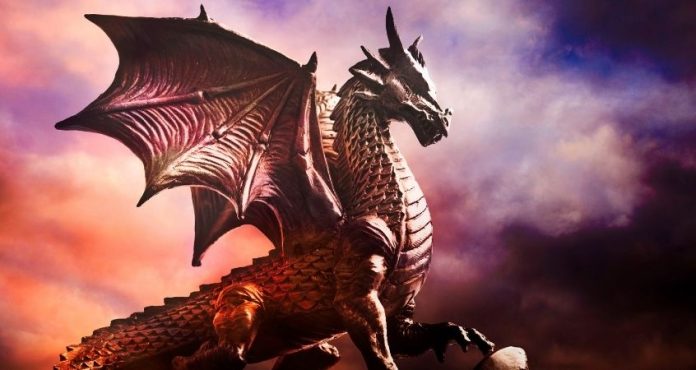They soar through legends, hoarding treasure, breathing fire, and terrorizing kingdoms—or sometimes, bestowing wisdom and protecting the innocent. Dragons are among the most iconic and enduring creatures in myth, folklore, and fiction. But where did the idea of these winged, serpentine giants come from?
Let’s embark on a fiery journey through history, culture, and imagination to discover the origin of dragons—and how they transformed from ancient omens to pop culture powerhouses.
The Oldest Dragon Myths: Serpents of Chaos
The roots of dragon legends run deep—older than recorded history. In many early cultures, dragons were not just monsters; they represented chaos, nature, or cosmic forces.
Mesopotamia (c. 2500 BCE): One of the earliest dragon-like creatures appears in the myth of Tiamat, a chaos serpent or sea dragon defeated by the god Marduk.
Ancient Egypt: The serpent Apep (or Apophis) was the enemy of the sun god Ra and embodied evil and destruction.
India: In Vedic mythology, the dragon Vritra blocked rivers and was slain by Indra to release the waters—symbolizing order over chaos.
These stories reveal an early theme: dragons as obstacles between humanity and harmony, often vanquished by a hero or god.
Eastern Dragons: Symbols of Power and Wisdom
In contrast to their fearsome Western counterparts, Asian dragons—especially in Chinese, Japanese, and Korean traditions—are typically benevolent, associated with:
Rain and rivers
Strength and authority
Good fortune and wisdom
Chinese Dragons:
Called Long or Lung, Chinese dragons are often depicted as snake-like beings with whiskers, horns, and four legs. They were revered as celestial creatures, believed to control weather and water. Emperors claimed dragon ancestry, and even the dragon dance is a celebration of this revered symbol.
Japanese & Korean Dragons:
Similar in form but with unique twists—like three claws (Japan) or association with spiritual mountains (Korea)—these dragons are also seen as wise guardians, often connected with Buddhist teachings and nature deities.
estern Dragons: Hoarders, Killers, and Fire-Breathers
In Europe, dragons evolved into fearsome beasts—massive, winged, and often fire-breathing. They were depicted as:
Guardians of treasure (like in Beowulf or The Hobbit)
Challenges for brave knights (think St. George and the Dragon)
Symbols of sin, greed, or evil
Their fiery breath and deadly nature may have roots in volcanic myths or fossilized remains (like dinosaur bones) misunderstood by ancient people.
By the Middle Ages, dragons were often used in Christian allegory, symbolizing Satan, temptation, or heresy—slain by saints to represent divine triumph.
The Global Dragon: Shared Symbols, Different Stories
It’s fascinating that dragon myths emerged independently in cultures across the world. Some theories suggest:
Discovery of dinosaur fossils sparked tales of giant beasts.
Snakes and crocodiles—real predators—were exaggerated into myths.
Human psychology tends to combine traits of common fears (claws, wings, fire, poison) into singular “ultimate predators.”
From Norse Jörmungandr, the World Serpent, to Aztec Quetzalcoatl, the feathered serpent god—dragon-like beings are everywhere.
Modern Fantasy and Pop Culture: Dragons Reimagined
Thanks to literature, film, and video games, dragons have soared into the modern imagination:
Smaug in The Hobbit redefined the archetype of the greedy, intelligent dragon.
Daenerys’ dragons in Game of Thrones showed their emotional depth and battlefield power.
Toothless from How to Train Your Dragon captured hearts with his bond and personality.
Dungeons & Dragons made them essential to fantasy RPG lore.
Modern dragons can be villains, allies, pets, or even protagonists, reflecting our changing views—from fear to fascination.
Final Thoughts: A Myth That Refuses to Die
The origin of dragons reveals more than just fantastical tales—it reflects humanity’s deep need to personify the unknown, control nature, and create symbols of power, danger, and magic. Whether they’re hoarding gold or bringing the rains, dragons continue to spark awe across the ages.
So next time you see a dragon in a book, movie, or festival parade, remember: you’re witnessing a creature shaped by thousands of years of myth, fear, wisdom—and imagination.



